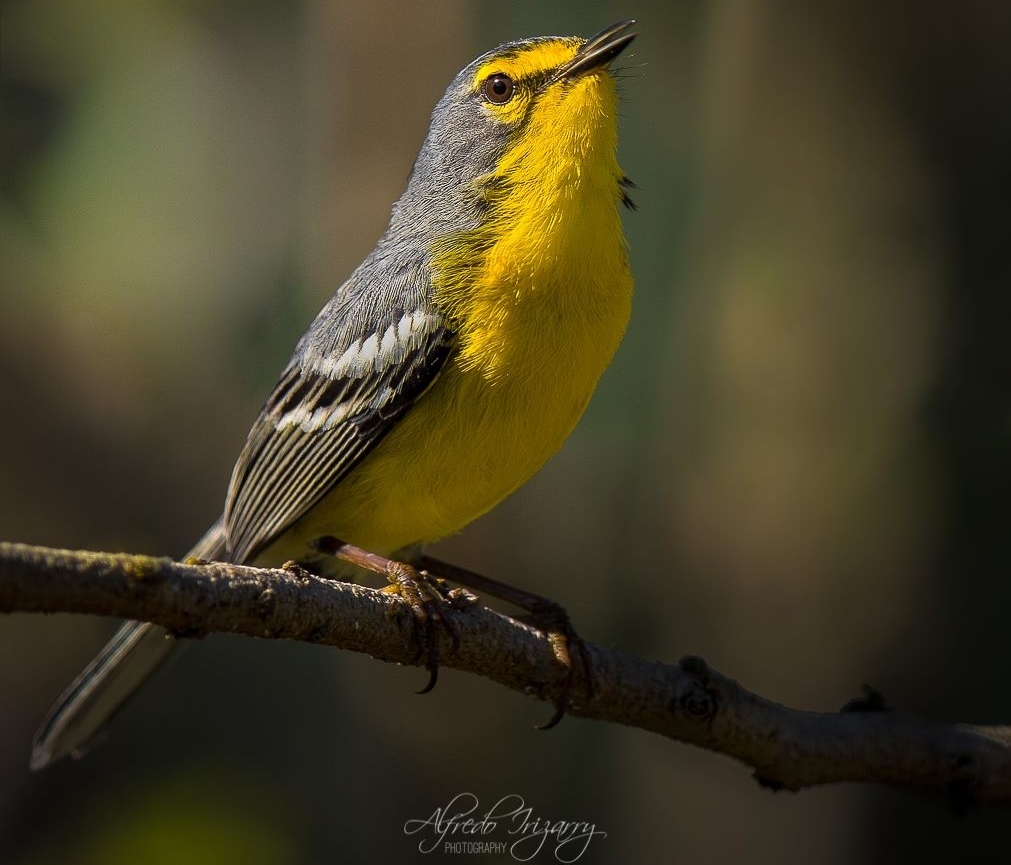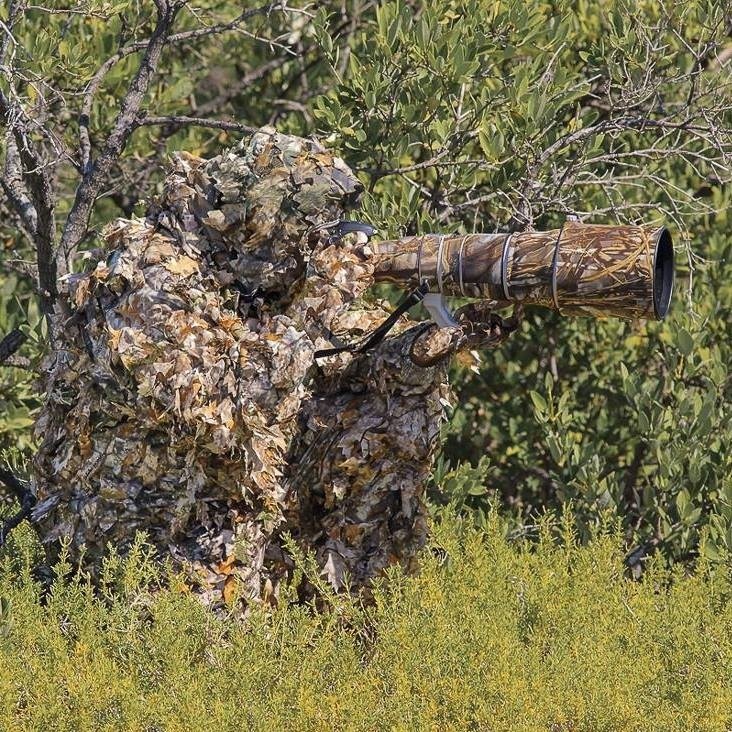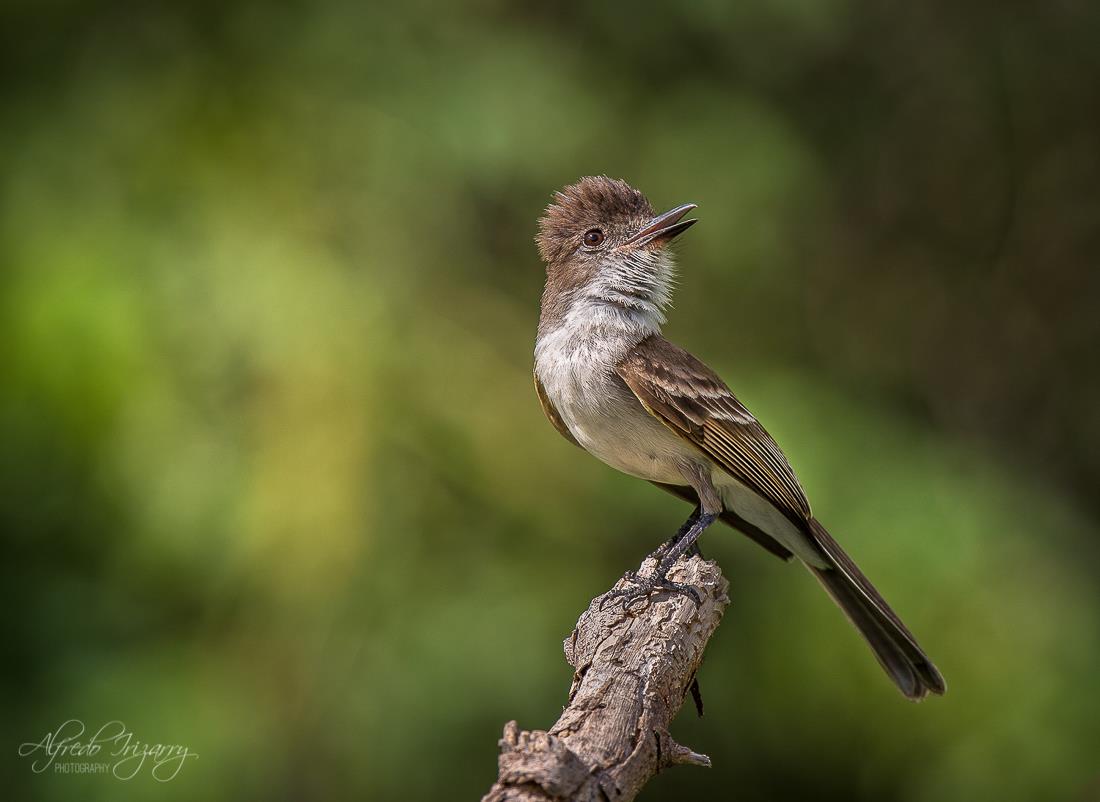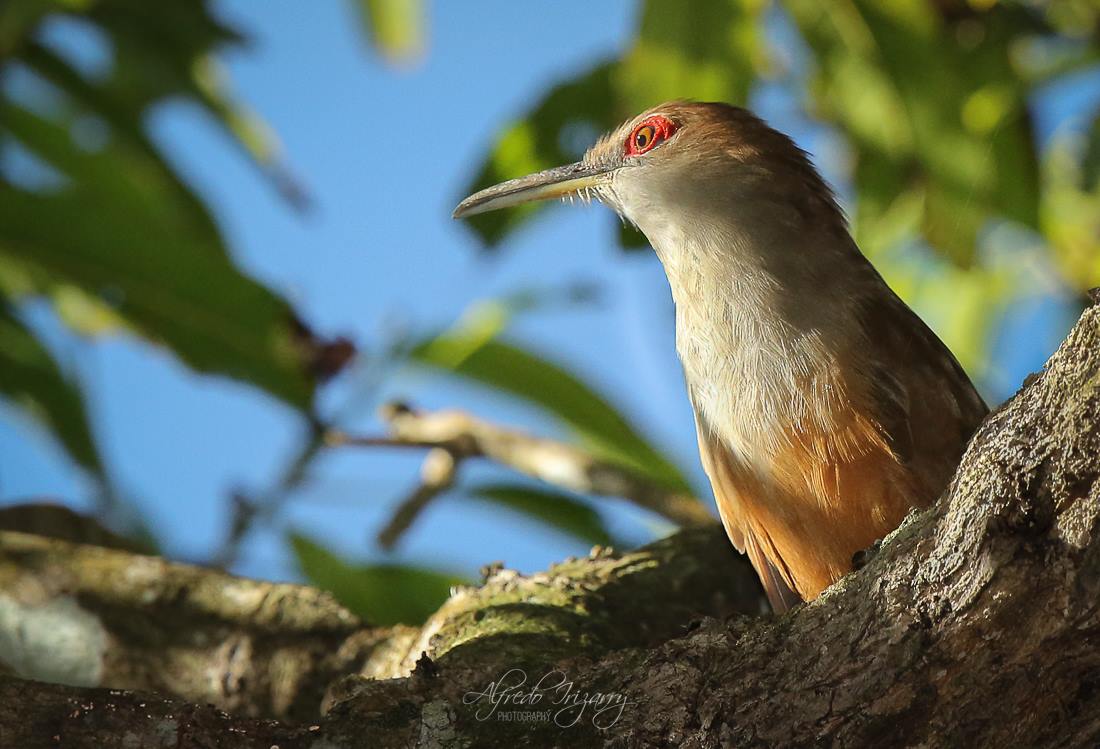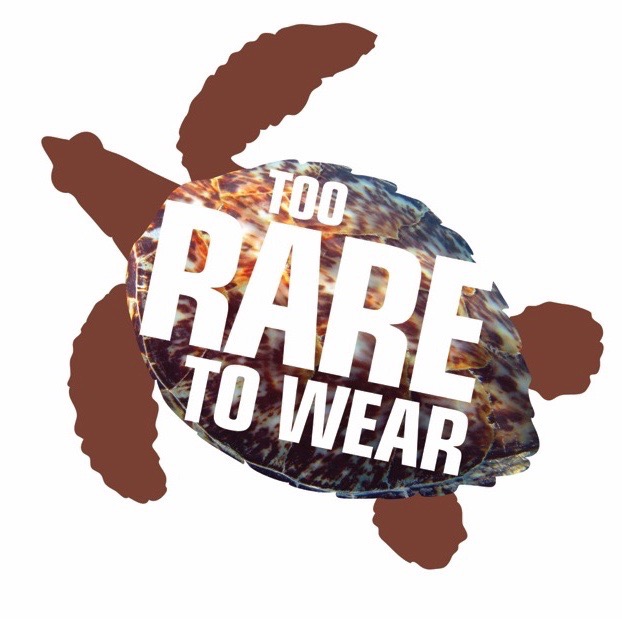Warning, You Can Only See These Birds In Puerto Rico
THE FORESTS AND GARDENS OF PUERTO RICO IS FILLED WITH FLYING, FLITTING NATIVE JEWELS, THE PUERTO RICAN MANGO IS ONE. IMAGE: COURTESY OF ©ALFREDO IRIZZARY, PHOTOGRAPHY
ROBERTA KRAVETTE, EDITOR
CONTACT ME
By Roberta Kravette, Images by Alfredo Irizzary
Puerto Rico is Not Just Sunbathing & Mega-Resorts
When I was very young someone told me, “dynamite comes in small packages.” The comment was probably in response to my face when I saw a particularly small birthday box.
✔︎Trip Tips
Puerto Rico
Who: Puerto Rico is for everyone.
What: Birdwatching
Where: Puerto Rico
When: October - June
Why Responsible: The lush forest-garden was purposefully regenerated after being clear-cut for decades. Yuquiyu is managed and run by local people.
As I’ve.. ahem … matured … I’ve come to realize that sometimes the smaller something is - the more delight it may pack. Islands tend to be in that category, and the island of Puerto Rico is no exception.Puerto Rico, at only 100 miles (161 km) wide by 35 miles (56km) across, is considered the smallest of the group of islands that form the Caribbean region’s Greater Antilles. In reality, “Puerto Rico” itself is made up of more than 140 islands, but that is for another day.
Kissed by both the Atlantic Ocean and by the Caribbean Sea, it is the beautiful beaches on the main island’s 300 miles of coastline that usually bring visitors. But Puerto Rico is more than just sunbathing and mega-resorts. This island is where you find North America’s only remaining tropical rainforest plus dry and mangrove forests, karsts with caves and underground rivers, shoreline and more.
YOU DO NOT NEED TO TURN UPSIDE DOWN TO SEE BIRDS IN PUERTO RICO. THIS IS LITTLE ISLAND HAS 330 SPECIES, 17 ARE ENDEMICS (18 IF YOU COUNT THE BANANAQUIT /REINITA COMUN. IMAGE: COURTESY OF ALFREDO IRIZZARY, PHOTOGRAPHY
Puerto Rico has 17 endemic species of birds, eighteen if you count the Bananaquit (Coereba flaveola) about whom debate rages. Is this flirt part of the tanager family, as Audubon insists? Or is it a Coerebidae, making it a family unto itself? Whatever it is, it is beautiful. There are another 330+ species that are migrants, introductions, and accidentals. This is a birder's paradise.
Hurricane Maria made a mess of Puerto Rico in 2017, flattening the vegetation as well as the buildings. But nature is amazing. Rainforest and wildlife are rebounding in miraculous ways. I might even say, “Puerto Rico is dynamite.
Puerto Rico’s Most Famous Endemic is one of the Planet’s 10 Most Endangered
The Puerto Rican Amazon or Puerto Rican Iguaca
IUNC: Critically Endangered. Numbering in the millions before colonization, by 1975 only 13 individuals survived. In early 2017, a flock of 56 birds lived in El Yunque National Forest on the western side and more than 130 in the Rio Abajo State Forest on the east. Hurricane Maria took its toll, Many of the birds were discovered dead, many more disappeared. Their habitats were destroyed, more may have died of exposure and starvation, although they are resilient. Research teams found the survivors ground feeding, something they never usually would do.
THE JOSE LOUIS VIVALDI LUGO AVIERY NEAR RIO ABAJO STATE FOREST IS A BREEDING SITE FOR THE CRITICALLY ENDANGERED PUERTO RICAN AMAZON. IMAGE: THANKS TO ©ALFREDO IRIZZARY, PHOTOGRAPHY
This is not the first time a Hurricane has nearly wiped out the carefully restored populations, Hugo killed half of Puerto Rico’s 40 wild parrots in 1989. The difference 30 years later is the size of the captive population. There are 450 Puerto Rican Amazons in captivity now. They weathered the storm in concrete bunkers with only 9 casualties.
One of the breeding centers for the critically endangered Puerto Rican Amazon is located here. It is an excellent place to look for them, especially after Hurricane Maria. They seem to have weathered the storm here better than at other release sites. The wild parrots are accepting the feeders. There is hope that as the rainforest continues to recover, so will the Puerto Rican Amazon.
Best Place to Look for Puerto Rican Amazon: Rio Abajo State Forest / Bosque Estatal De Rio Abajo.
AT CABO ROJO WILDLIFE REFUGE YOU MAY ALSO SEE THE ENDEMIC PUERTO RICAN EMERALD OR Zumbadorcito de Puerto Rico, (Chlorostilbon maugaeus). IMAGE COURTESY OF ©ALFREDO IRIZZARY, PHOTOGRAPHY
The Puerto Rican Emerald or Zumbadorcito de Puerto Rico
This little iridescent hummingbird lives up to its name. He looks exactly like a floating emerald jewel among the flowers. They like the island’s forested habitat best. Look for them in the mangroves along the costs and the forested highlands. Differentiate them from the Puerto Rican Mango, another endemic hummingbird, by the blue throat patch on the male and the whitish undersides and tail tips of the female. The female alone raises her chicks.
Best Place to Look for Puerto Rican Emerald: Laguana Cartajena National Wildlife Refuge, and Refugio de Vida Silvestry de Cabo Rojo / Reserva Natural de Humanacao, Calambache State Forest
THE PUERTO RICAN NIGHTJAR OR GUABIRO IS A MASTER OF HIDING IN LEAVES ON THE FOREST FLOOR. IMAGE:© ALFREDO IRIZZARI
The Puerto Rican Nightjar or Guabairo
IUNC: Endangered. Before Hurricane Maria there were only 930 – 1300 individuals in the wild and were listed as decreasing. Look for them in the coastal and lower montane forests in the southern and southwestern parts of Puerto Rico. These birds blend seamlessly into their wooded environment, and that is a good thing since they nest on the ground in leaf litter. During the daytime, it will usually be males that sit on the 1 or 2 eggs for the 18 to 20 day waiting for the chicks to hatch. Thankfully, the young mature quickly and can are capable of flying short distances after only 14 days.
Best Place to Look for Puerto Rican Nightjar: Guanica Dry Forest
The Puerto Rican Screech Owl or Múcaro Común
Apparently, Puerto Rican screech owls love the island as much as we do. In theory this owl occurs on many of the Virgin Islands – however, they have not been confirmed anywhere other than on the island of Puerto Rico in recent memory. This is medium sized owl has no ear-tufts. They do have two color morphs, brown and rufous, both with bright white patches on the sides of their faces. Puerto Rican screech owls like forests and woodlands and may be found up to an elevation of about 900 ft. But they have also adapted somewhat to urban areas. And, as with most owl species, listen first if you want to spot one. Puerto Rica Screech owls have a distinctive short trill about 3-5 seconds in length. The male’s is deeper sounding than the female’s.
Best Place to Look for Puerto Rican Screech Owls: Bosque de Susua, Laguna Catajena, Refugio de Vida Silvestry de Cabo Rojo, El Yunque National Park
The Puerto Rican Spindalis or Reina Mora
The people so love the Puerto Rican Spindalis that it has been proposed as the national bird of Puerto Rico. This little beauty was until recently thought to be a member of the tanager family. They like fruit and flower nectar and, because they are a significant dispersal mechanism for seeds, these creatures are an especially important part of Puerto Rico’s ecosystem. They can be found inhabiting plantations and gardens, and look for them in the El Yunque National Forest. These feisty little birds are fierce protectors of their nests and young, and are known to form flocks, sometimes with other species, to gang up on predators such as the Puerto Rican Boa. Even young chicks participate.
Best Place to Look for: Puerto Rican Spindalis: Laguna Cartajena, Refugio de Vida Silvestry de Cabo Rojo, El Yunque National Park,
Puerto Rican Tody or San Peditro
This tiny jewel is found in a wide range of wooded habitats all across the island. To tell the difference between the males and females, you must get close enough to look at their irises, grey in the males, white for the females. They are insect eaters, usually finding a tasty meal hiding on the underside of leaves. They have also been seen “air feeding” like flycatchers, literally, snatching their lunch as it flies by. But this is not their preferred method. Todys are monogamous. They raise their young together and retain a loose bond all year.
Best Place to Look for the Puerto Rican Tody: Laguna Cartagena National Wildlife Refuge, Refugio de Vida Silvestry de Cabo Rojo , El Yunque National Park,
Puerto Rican Woodpecker or Carpintero de Puerto Rico
Look for the sociable Puerto Rican Woodpecker all over the island. They are not well understood but what we do know is that they seem to like each other’s company. The mating pairs bond all year and in the non-breeding season they are known to form small flocks, sometimes even engaging in calling out sessions together. Both the males and females raise the young continuing to feed them for weeks after they fledge. And speaking of eating, these woodpeckers are omnivorous eating a wide variety of bugs and fruits.
Best Place to Look for Puerto Rican Woodpecker: All over the island including Laguna Cartagena National Wildlife Refuge, Refugio de Vida Silvestry de Cabo Rojo El Yunque National Park, Calambache State Forest
puerto rican bullfinch is one of the endemic species that can be found at bosque estatal de rio abajo, the rio abajo state forest. image: ©alfredo irizzary, photography
Puerto Rican Bullfinch or Comeñame
Start with your ears when looking for the Puerto Rican Bullfinch, they are wide spread across the island but quite elusive. When you do find one, it may be eating in its distinctive way. Puerto Rican bullfinches will hold fruit with its foot and delicately eat it in pieces. And when you do spot them, the same may be at that location when you look again. Researchers have found through banding that they tend to be site faithful after they reach adulthood and begin breeding.
Best Places to Look for Puerto Rican Bullfinches: Bosque Estatal De Rio Abajo, Guanica Forest, El Yunque National Park
A Few More of the Beautiful Birds Endemic to Puerto Rico
This does not represent all seventeen remaining Puerto Rican endemic birds. As we get photographs of the rest we will add them. And then there is a wonderful avian rainbow of seasonal migrants and introductions, too. We will be talking about them soon, and Puerto Ricos nesting sea turtles and coqui and manatee and … Yes, sometimes small packages can hold a wonderful surprise.
Special thanks to Alfredo Irizzary, photographer and a generous and good friend and advisor.
Interested in experiencing the Puerto rican rainforest - and the birds! - from a treehouse? Contact Us
FOLLOW ME
MORE
Rescue For the City Weary. Treehouse in the Rainforest
Puerto Rico
By Roberta Kravette
The True Tail of the Crazy Lost Bird in New Jersey
By Joe Gliozzo
One Day in Puffin Paradise, A Photographic Adventure
Machias Island Maine (or Canada?) By Joe Gliozzo
Migrants in the Park! The Warblers are Coming
Manhattan New York
By Roberta Kravette

